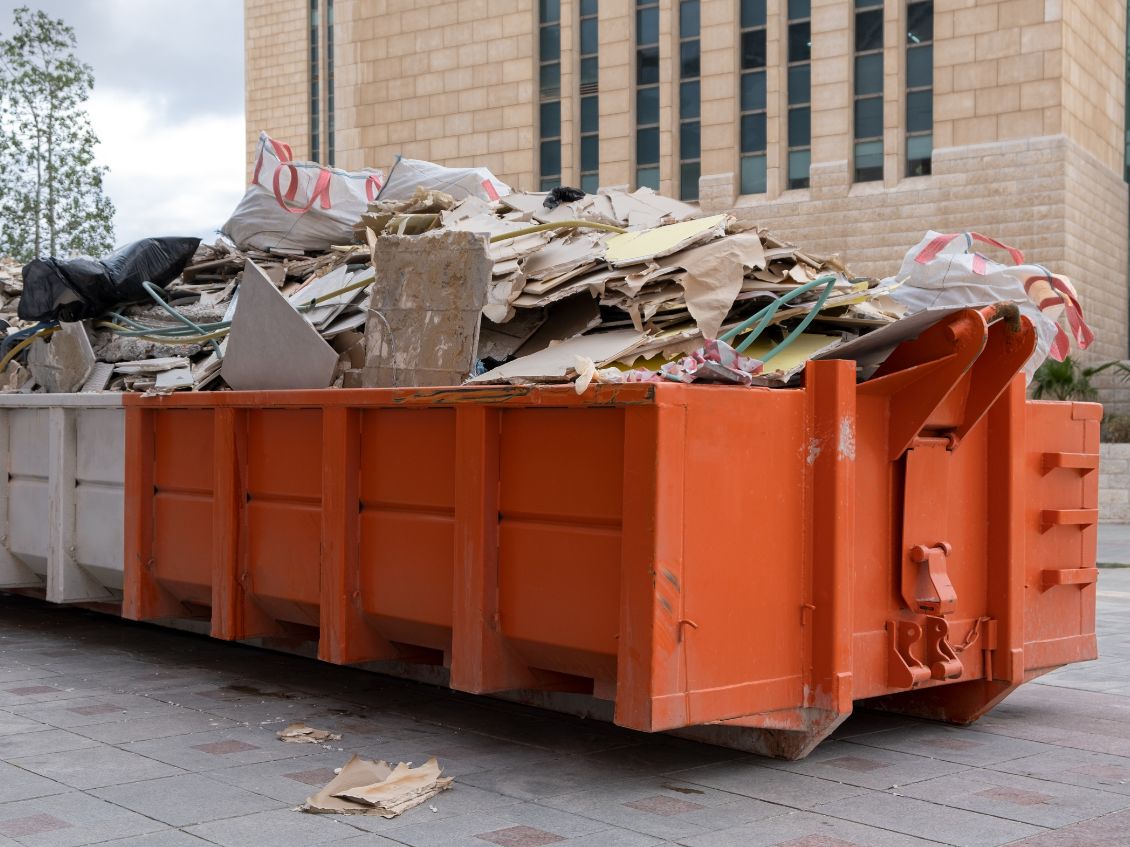
Air quality is a worldwide concern, and the burning of wood and agricultural waste puts dangerous smoke into the air. For farms and other agricultural businesses, there are proper ways to dispose of agricultural waste. Whether you’re planning on removing your orchard, doing your seasonal pruning, or completing other related tasks, there are recommended guidelines to follow that ultimately benefit the environment. Here are four tips for using dumpsters for agricultural waste disposal.
Collecting Agricultural Waste
Waste must be gathered at the point of origin or deposited in a designated area for proper collection. Many items fall under the umbrella of agricultural waste, especially if the sources are found on a farm. Depending on the types of waste being collected, it’s usually not recommended to combine them.
During the collection process, operators need to separate the waste since things are processed differently. You’ll need to identify a method of collection for each specific type of waste, and designate a location for the collection points. To minimize cross-contamination, it might be preferable to bring the dumpster to the primary waste site rather than transporting the waste to the receptacle.
Transferring Agricultural Waste
Once the waste is gathered at the collection point, it must be transferred to a storage facility, then to the utilization site. The transfer process needs to follow this chain of command to keep things organized, as deviating from this precise sequence of events could disrupt the entire process.
Carefully executing the transfer process is essential to avoid an overload of agricultural waste at the utilization site. It takes some time to process every item, and operators need to keep track of how much waste they process on any given day. Transferring items too quickly can lead to overwhelming numbers that make it harder to track waste properly.
Storing Agricultural Waste
As previously stated, many items are categorized as agricultural waste, and each designated type must go to its own storage facility. A good portion of agricultural waste gets recycled; however, cross-contamination makes it harder to recycle those pieces, which is why careful transfers are so important. If cross-contamination occurs, otherwise usable items can end up in landfills, ultimately wasting resources.
This storage period is only a temporary containment of the waste. Items don’t stay in these facilities long because waste generation is rapid, and operators need to avoid overfilling facilities. Essentially, the storage facilities are tools managers use to control the scheduling of transfer processes.
Utilizing Agricultural Waste
Once the waste is ready to leave storage, waste management operators haul items to the utilization plant. To accomplish this, many opt to store the waste in dumpster rentals that attach to specialized trucks for easy transport.
Operators work closely with waste management facilities to properly transfer items for recycling or reuse. At Vine Disposal, we offer dumpster rentals in various sizes to store and transfer your agricultural waste—our 20-yard dumpster dimensions are a popular choice when handling agricultural waste.
Continuing to protect the air quality and environment by properly using dumpsters for agricultural waste disposal is crucial. For more information on dumpster rentals, visit Vine Disposal online today.
